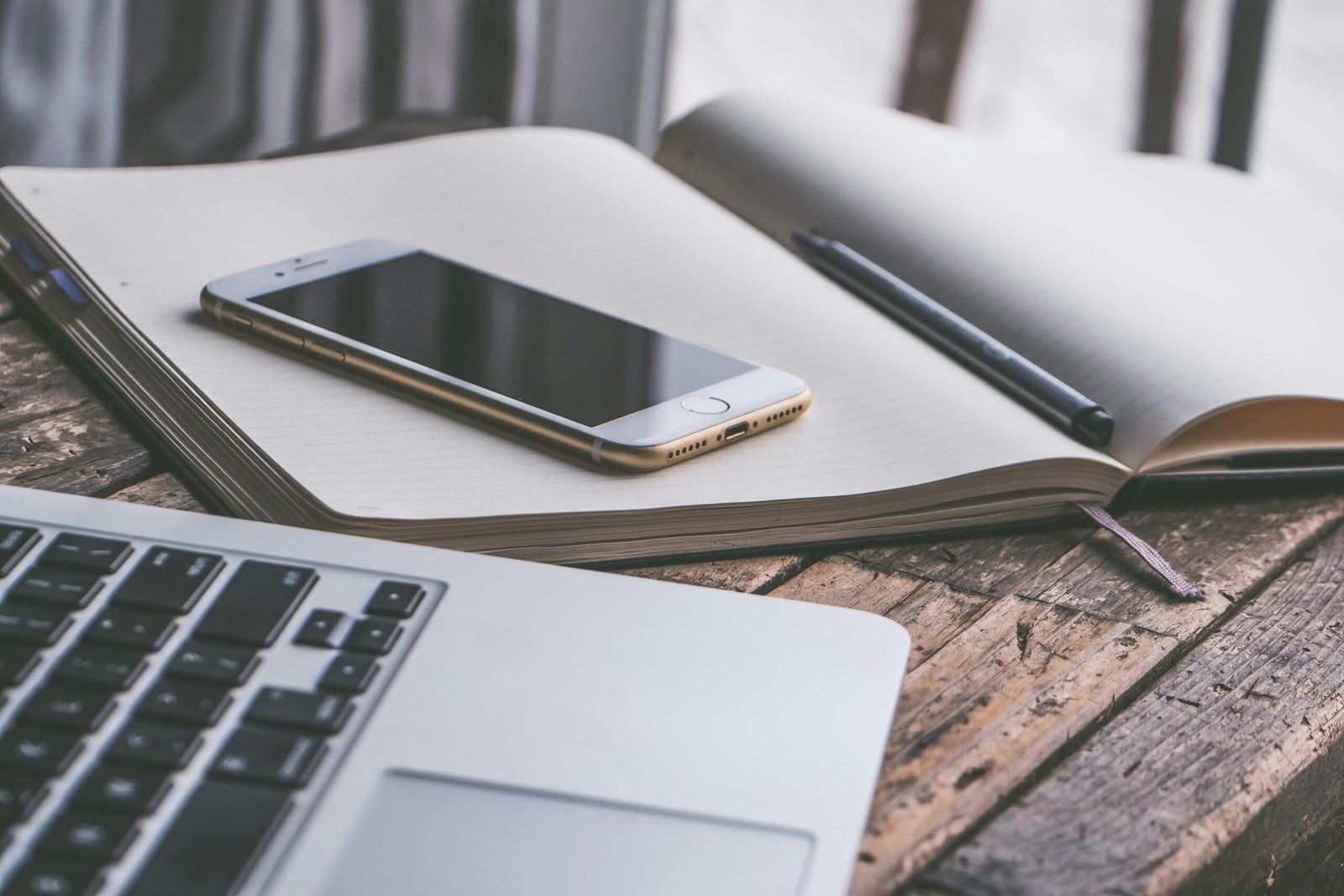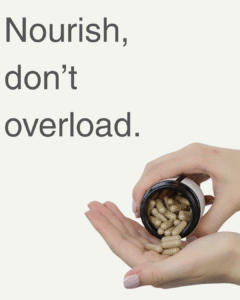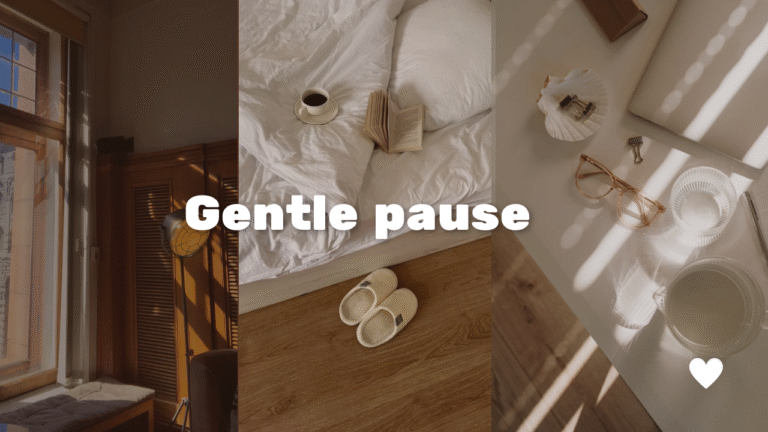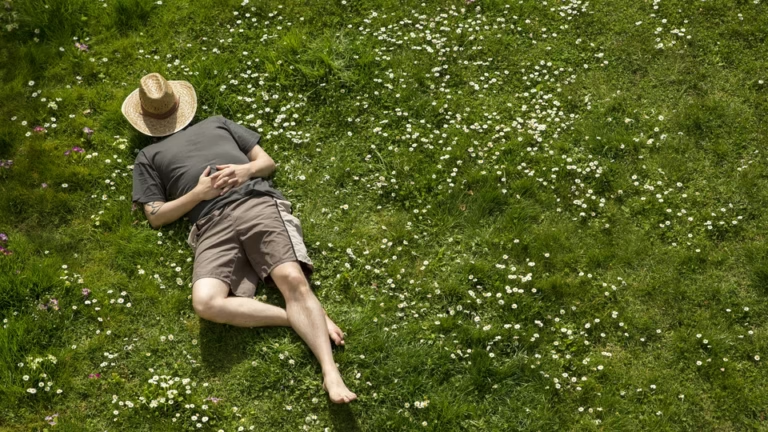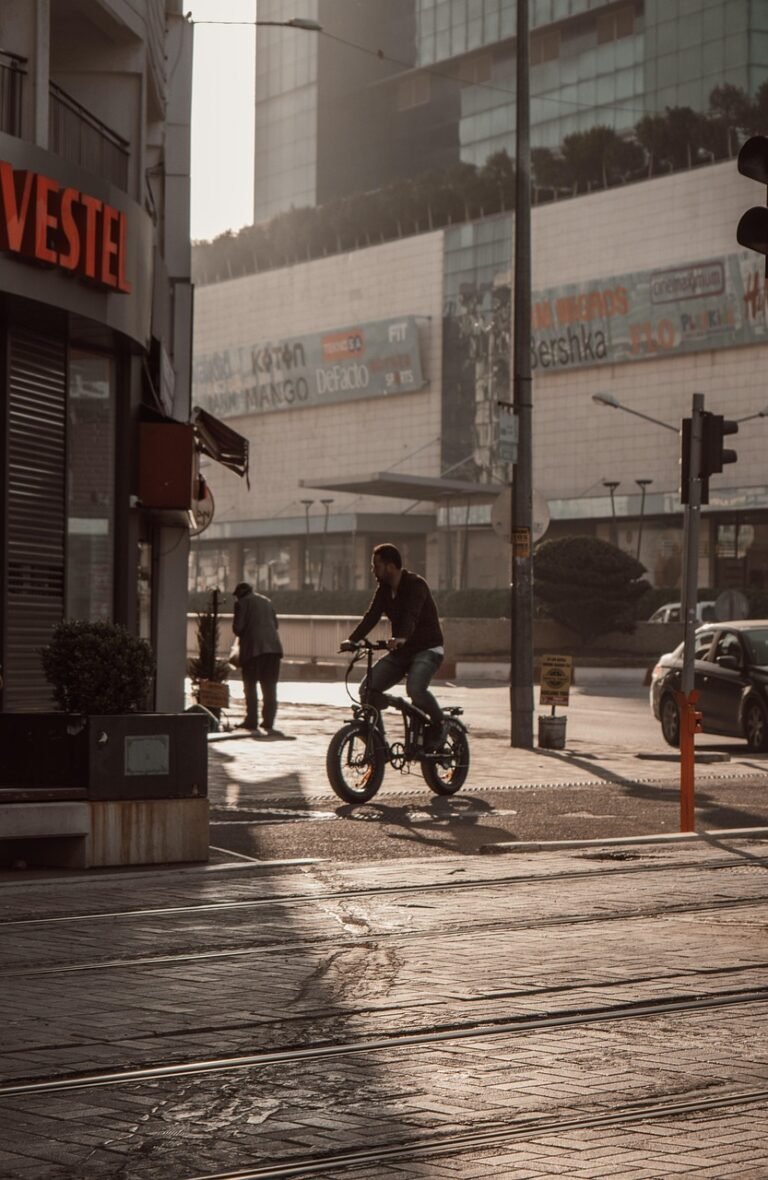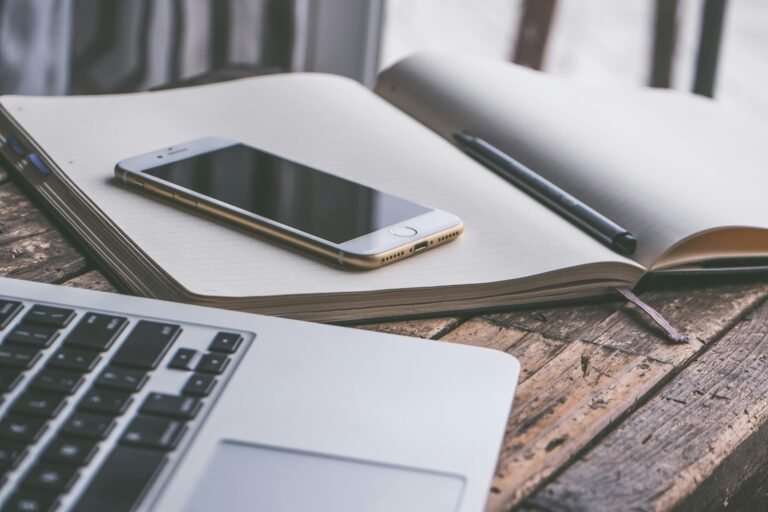Most people think clutter is just messy shelves, overstuffed drawers, or a wardrobe that won’t close.
But the real clutter is the one silently draining your energy and lives in the mind.
We often underestimate how much our environment influences our inner world.
A crowded room can make the mind feel noisy. A messy desk can make your thoughts feel scattered. A house filled with “stuff” can make your head feel full, even when you’re sitting still.
Minimalism isn’t about owning less for aesthetics. It’s about removing what weighs on you so your mind can breathe again. And modern psychology is finally catching up to what ancient wisdom has known for centuries: When you clear your space, you clear your mind.
The Invisible Mental Weight of Physical Clutter
Many people feel uneasy when surrounded by clutter but they can’t explain why. Science can. Physical clutter acts like visual noise. Every item you see sends a small signal to your brain “look at me, remember me, deal with me.” Even when you ignore it, your brain doesn’t. This constant micro processing creates mental fatigue.
Clutter Hijacks Your Attention
Your brain loves order. It’s wired to recognize patterns and reduce chaos.
When your environment is chaotic, your brain must work harder to filter, focus, and think clearly. Researchers at Princeton University found that clutter competes for your attention the same way noise competes with sound. The more clutter around you, the harder it is for your brain to prioritize and stay calm.
Clutter Raises Stress Hormones
Studies show that cluttered environments increase cortisol, the stress hormone especially in women. It sends a subtle message to the brain: “You’re not done. There’s more to handle.” Even when you sit down to rest, your brain struggles to relax because your environment signals unfinished tasks.
No wonder a messy house feels mentally exhausting, it’s not just “stuff.”
It’s a constant whisper of pressure.
Many people feel uneasy when surrounded by clutter but they can’t explain why. Science can. Physical clutter acts like visual noise. Every item you see sends a small signal to your brain “look at me, remember me, deal with me.” Even when you ignore it, your brain doesn’t. This constant micro processing creates mental fatigue.
The Clutter: Anxiety Loop
Anxiety makes it harder to tidy up.
And clutter makes anxiety feel worse.
This creates a loop:
-
You feel anxious or low → you avoid cleaning.
-
Clutter builds up → you feel even more overwhelmed.
-
Your mind becomes restless → motivation drops.
-
You escape into phone scrolling or distractions.
-
Guilt increases → anxiety rises again.
Breaking this cycle isn’t about forcing yourself to “clean the house.”
It starts with clearing the mind and environment gently, not perfectly.
Minimalism isn’t a challenge or a trend it’s a psychological tool. A clear space doesn’t create a perfect life, it creates space for peace to return.
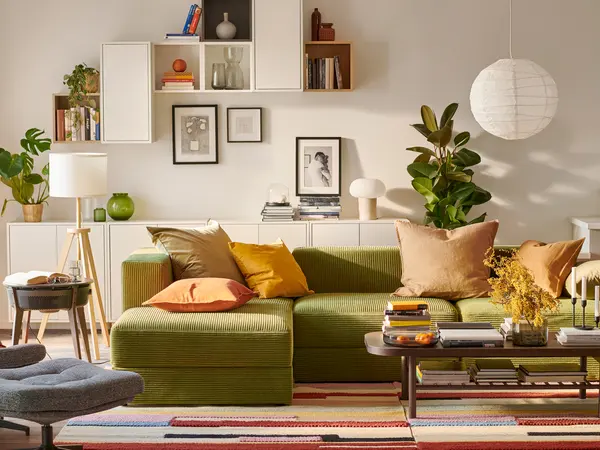
Why “Stuff” Affects Your Mind More Than You Think
We form emotional attachments to objects because they hold stories memories, identity, security, or “someday” hopes. But most homes today are filled with delayed decisions rather than meaningful possessions.
-
• Clothes we might fit into “someday”
• Gifts we never liked but feel guilty letting go
• Papers we think we may need
• Items we keep “just in case”
• Each item becomes a mental tab left open a decision waiting to be made.
And just like too many tabs on a computer slow it down, too many unmade decisions slow you down.
Your Environment Reflects Your Inner State and Reinforces It
If your surroundings are:
-
• cluttered → you feel scattered
• chaotic → you feel unsettled
• heavy → you feel stuck
But the opposite is also true: A calm space teaches your mind how to feel calm. This is why hotel rooms often feel peaceful not because they’re fancy, but because they’re simple.
Minimalism doesn’t restrict life. It removes the friction that keeps you from feeling present.
The Myth of “More” Why We Accumulate Beyond Our Needs
We live in a culture that equates more with better. More things, more options, more upgrades, more convenience. But our brains weren’t designed to manage so much. For most of human history, we owned very few items. Today, the average home contains over 7,000 objects many never used.
Why do we keep buying and keeping things?
Here are the 3 most common psychological reasons:
1. Comfort Through Possession
Buying gives a short dopamine spike, a temporary sense of control or reward. But it fades quickly, leaving us craving the next “hit.”
2. Identity & Self Image
Objects often represent the person we wish to be: the fit version, the stylish version, the organized version, the creative version. Letting go can feel like giving up on that identity even if it was never true.
3. Fear of Regret
“What if I need this later?” This fear keeps 80% of unused items in homes. But the peace you gain from letting go almost always outweighs the rare moment you miss something.
Keeping everything “just in case” blocks space for who you are right now.
Minimalism Isn’t About Less, It’s About Less Noise
Minimalism gets misunderstood. People associate it with:
• Empty white rooms
• Having almost nothing
• Cold or rigid aesthetics
But true minimalism is softer:
It’s choosing what supports your peace and letting go of what doesn’t. It’s not about a number of items. It’s about how your space feels.
Minimalism for the mind asks:
• What helps me feel calm here?
• What drains me?
• What can I release that I no longer carry joy for?
The goal isn’t perfection it’s clarity.
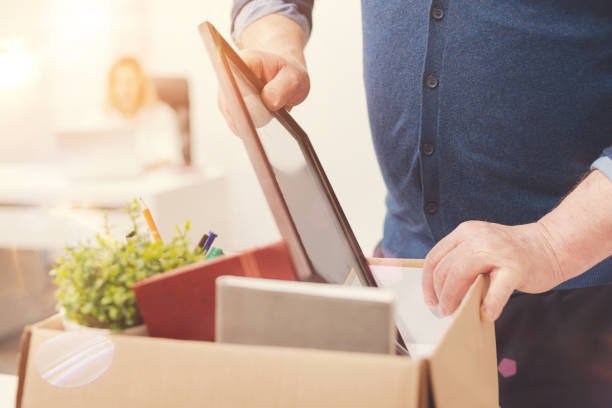
The Calm Declutter Method: Clear Space, Clear Mind
Minimalism gets misunderstood. People associate it with:
• Empty white rooms
• Having almost nothing
• Cold or rigid aesthetics
But true minimalism is softer:
It’s choosing what supports your peace and letting go of what doesn’t. It’s not about a number of items. It’s about how your space feels.
Minimalism for the mind asks:
• What helps me feel calm here?
• What drains me?
• What can I release that I no longer carry joy for?
The goal isn’t perfection it’s clarity.
Layer 1: The Surface Reset
(5-10 Minutes a Day)
This layer clears visual noise the things your eyes trip over every day. Focus on spaces you see most often:
• Bedside table
• Kitchen counter
• Desk
• Living room surfaces
You’re not deeply organizing yet you’re removing visual stress. This alone can lower anxiety and create an instant sense of calm. Small resets create big mental relief.
Layer 2: The Gentle Release
(Weekly 15-30 Minutes)
Once surfaces feel lighter, begin releasing small categories just one at a time:
• 5 pieces of clothing
• 3 skincare or bathroom products
• Old receipts or papers
• Decor that no longer feels like “you”
Letting go slowly helps the mind adjust and reduces emotional resistance. Ask yourself: “Would I choose this again today?” If the answer is no, you’ve outgrown it.
Layer 3: The Mental Declutter
(Weekly or Monthly)
Mental minimalism matters just as much as physical. This layer clears internal clutter:
• Open tabs in your mind
• Old beliefs
• Outdated expectations
• emotional weight you’re carrying
Try these calming practices:
• Brain dump journaling (everything on your mind onto paper)
• One hour of “life admin” (emails, bills, messages)
• Mindful unfollowing on social media
• Removing apps that drain you
Clearing mental clutter creates inner spaciousness — the kind that lets peace move in again.
How to Know What to Keep: The “Calm Test”
Minimalism is not about throwing things away. It’s about keeping what feels like calm, meaning, or support.
When deciding whether to keep something, ask:
• Does this make my space feel peaceful or heavy?
• Do I use this, or am I storing a version of myself I no longer am?
• Does this item support the life I’m living now or a past life?
If an item brings joy, comfort, or daily use, keep it. If it brings guilt, stress, or pressure, it’s costing you more than it’s worth.
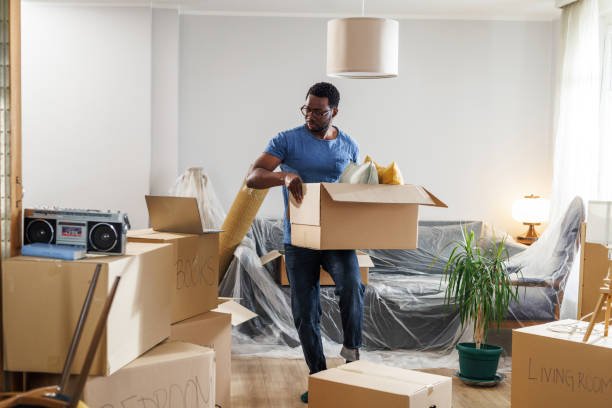
Daily Micro Rituals for a Calm, Minimal Mind
Rituals anchor habits. Here are small daily actions to keep both space and mind light:
1. End the Day with a 3 Minute Tidy
Reset one small area: your bed, desk, or living room.
Your future self will feel cared for.
2. One In, One Out
For every new item you bring into your home, release one.
Keeps accumulation in balance.
3. Silence the Digital Noise
Turn off non essential notifications.
Your nervous system will thank you.
4. Make Space for Stillness
Sit in a calm, clean corner for 5 minutes, no phone.
Let quiet reintroduce itself into your life.
5. Curate Your Surroundings
Display fewer items, but ones that make you exhale.
A candle. A plant. A book. A soft blanket. Choose what feels like peace.
The Emotional Side of Letting Go
Letting go isn’t only physical, it’s emotional. Sometimes items carry memories, identities, or stories we’re afraid to release. If you feel resistance, remind yourself:
• You are not throwing away memories.
• You are making space for who you are now.
• You are allowed to evolve.
Release at your pace. Minimalism is a journey of self-kindness, not discipline.

A Calm Space Supports a Calm Life
Clutter makes the mind feel rushed. Simplicity makes the mind feel safe. Minimalism for the mind isn’t about living with less it’s about living with less weight. When your space has room to breathe, you do too.
The less noise around you, the more clearly you can hear yourself again.
A calm home won’t fix everything. But it creates the conditions for peace to return gently, quietly, naturally. And sometimes, that is enough.

